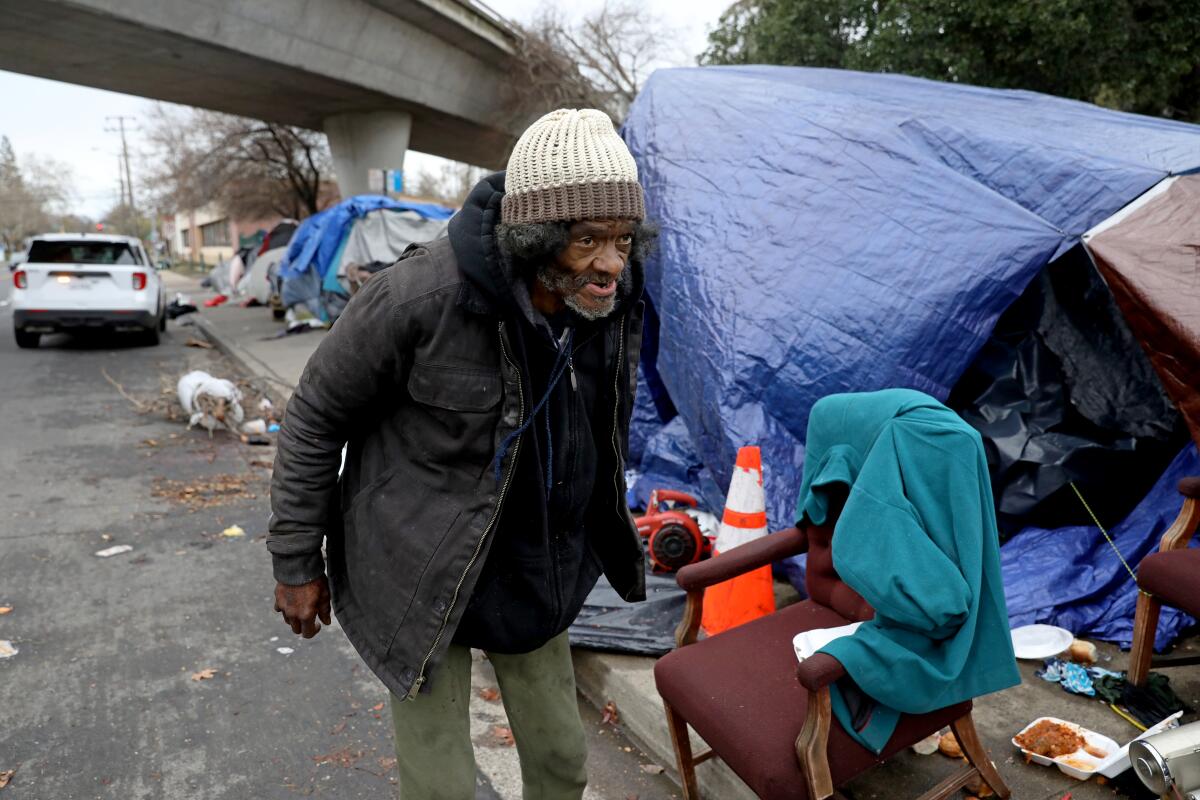Homelessness is a deeply complex issue affecting countless individuals and communities across the United States. In Los Angeles, the situation has reached critical levels, prompting extensive studies and discussions about effective solutions. Recent findings from the Los Angeles Homeless Services Authority (LAHSA) and the Rand Corporation shed light on the current state of homelessness in the area, revealing a mixture of hope and skepticism.
According to LAHSA, there was a notable leveling off of homelessness last summer, with only a 5% increase during two years of the pandemic. This statistic was surprising, especially after a 23% increase in the street population over the previous two years. However, these claims have been challenged by a recent Rand Corporation study, which indicates significant increases in unsheltered homelessness in key areas like Skid Row, Hollywood, and Venice.
As we delve deeper into these studies, we uncover the challenges faced by individuals experiencing homelessness and the potential gaps in data collection methods that could impact policy decisions. This article will explore these findings in detail, helping readers gain a comprehensive understanding of the homelessness crisis in Los Angeles and the implications for future interventions.
What You Will Learn
- Understanding the conflicting reports on homelessness trends in Los Angeles.
- Insights into the methodologies used by LAHSA and Rand Corporation in their studies.
- The implications of findings on public policy and homelessness interventions.
- Personal stories and statistics that highlight the human aspect of homelessness.

In a bit of welcome news that was immediately met with skepticism, the Los Angeles Homeless Services Authority reported last summer that homelessness appeared to be leveling off.
After climbing nearly 23% in two years, the county’s street population grew only an additional 5% during two years of pandemic, the 2022 point-in-time count found, deflecting worries that economic stress would drive large numbers of people from their homes.
Most surprisingly, LAHSA found significant decreases in three communities widely identified as hot spots of homelessness: skid row, Hollywood and Venice.
But a survey released by the Rand Corp. on Thursday casts doubt on those findings. Researchers who zeroed in on those three areas, returning dozens of times over a year

/cdn.vox-cdn.com/uploads/chorus_image/image/66927488/GettyImages_1207672093.0.jpg)


